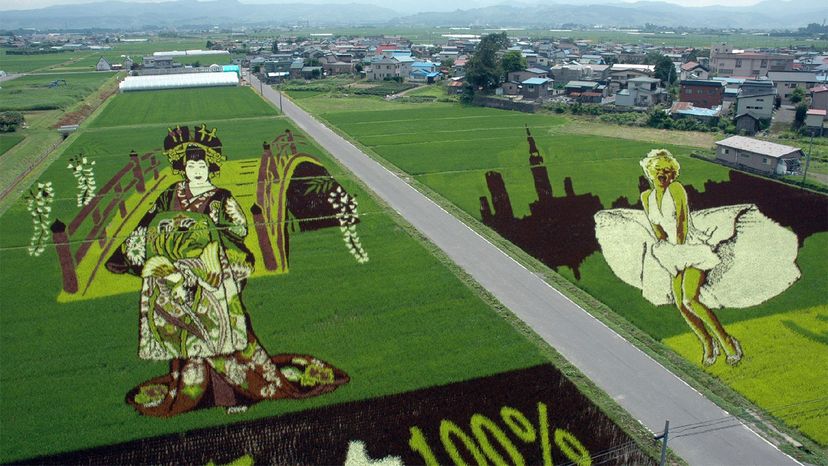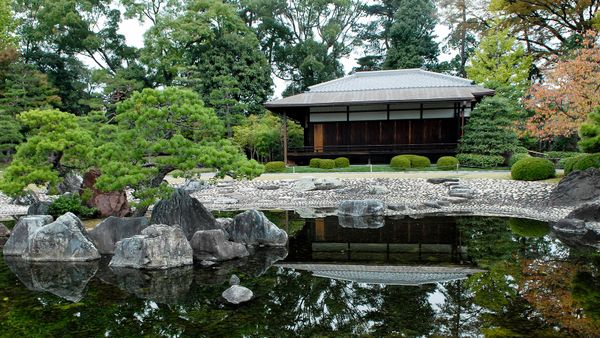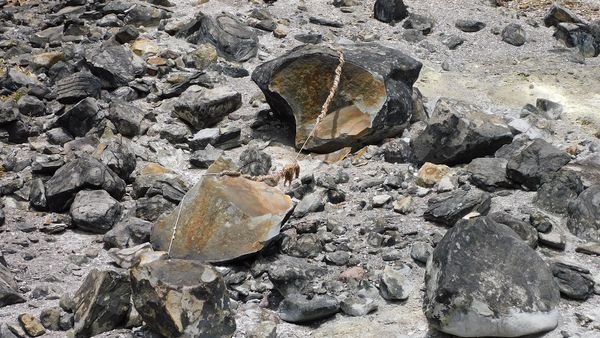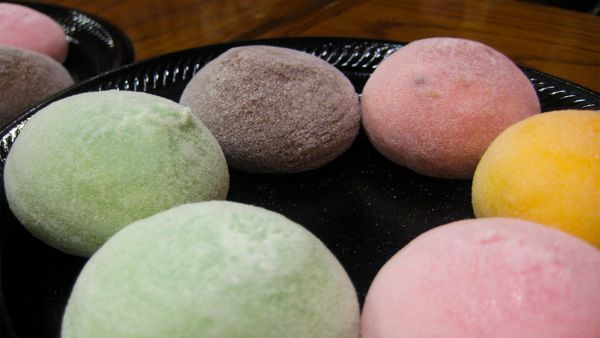
The rice paddies of the tiny village of Inakadate in rural Japan are a sea of swaying green, yellow, white, ochre and purple stalks, but they also hold a secret that draws thousands of visitors every year — and it's only revealed with a bird's eye view.
From a skyward position on a nearby observation tower, visitors can view intricate artworks, freshly created each year. The rice paddy art, known as tanbo art (tanbo means paddy or rice field), has included incredibly detailed reproductions of Leonardo da Vinci's "Mona Lisa," as well as Japanese artist Seiki Kuroda's painting, "Lakeside." These two pictures, along with many other images over the years, are created by a carefully designed planting of different types of rice in various hues.
Advertisement
The village of Inakadate is located in Japan's Aomori Prefecture. It's about 370 miles (600 kilometers) north of Tokyo and close to Hirosaki, a city known for its cherry blossoms. Inakadate's rice paddy art, however, may soon become the prefecture's main attraction. Throughout the years, the rice art has recreated incredibly detailed images ranging from Marilyn Monroe and Star Wars to samurai and anime characters.



